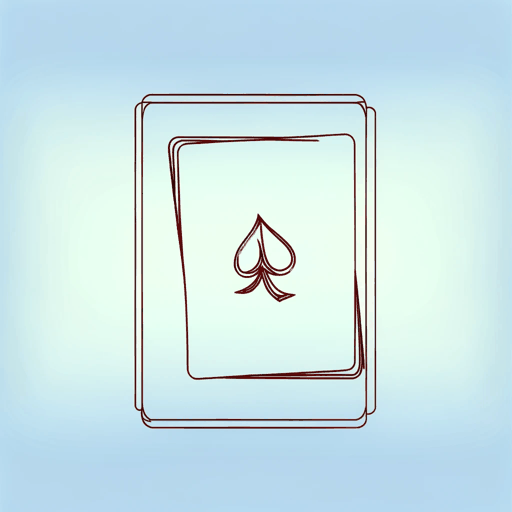24 pages • 48 minutes read
Louise ErdrichFleur
Fiction | Short Story | Adult | Published in 1986A modern alternative to SparkNotes and CliffsNotes, SuperSummary offers high-quality Study Guides with detailed chapter summaries and analysis of major themes, characters, and more.
Literary Devices
Parallelism
Parallelism is the repetition of different grammatical elements to convey something significant. Parallelism can involve repeating different figures of speech or grammatical structures, and authors often use it to emphasize contrast or similarity.
Erdrich uses parallelism very early on in “Fleur,” when she describes Misshepeshu with two parallel lists. Erdrich writes that “it was clear that Misshepeshu, the water man, the monster” wanted Fleur and that, “He’s a thing of dry foam, a thing of death by drowning, the death a Chippewa cannot survive” (177). This rhythmic, repetitive phrasing is broken up by the following sentence, “Unless you are Fleur Pillager” (177). The use of parallelism in the preceding sentences conveys the mythic nature of Misshepeshu; the fact that only Fleur can break this pattern emphasizes her own power.
Parallelism also conveys the intensity of Pauline’s interest in Fleur, as Pauline describes how she “followed her close, stayed with her, became her moving shadow that the men never noticed, the shadow that could have saved her” (183). This multi-verb parallel structure is employed to describe the storm as well, which “[becomes] a fat snout that nosed along the earth and sniffed, jabbed, picked at things, sucked them up, blew them apart, rooted them around” (187).
Related Titles
By Louise Erdrich

Future Home of the Living God
Louise Erdrich
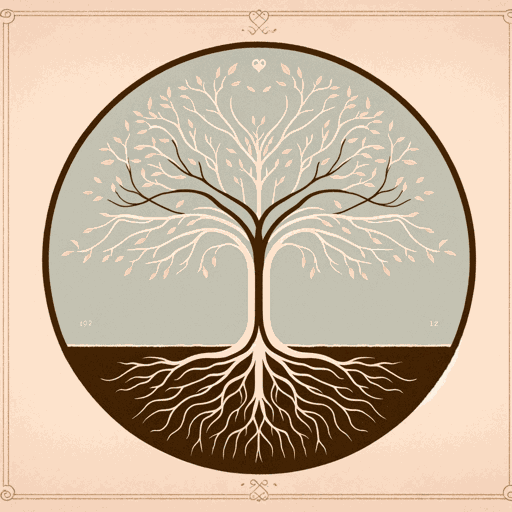
LaRose
Louise Erdrich

Love Medicine
Louise Erdrich

Shadow Tag
Louise Erdrich

The Antelope Wife
Louise Erdrich

The Beet Queen
Louise Erdrich

The Bingo Palace
Louise Erdrich

The Birchbark House
Louise Erdrich

The Game of Silence
Louise Erdrich
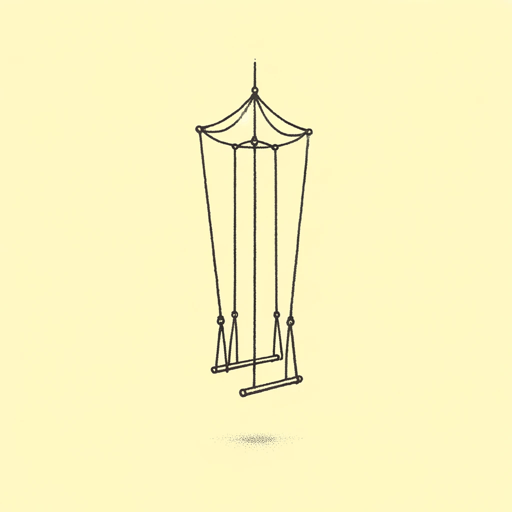
The Leap
Louise Erdrich

The Master Butchers Singing Club
Louise Erdrich
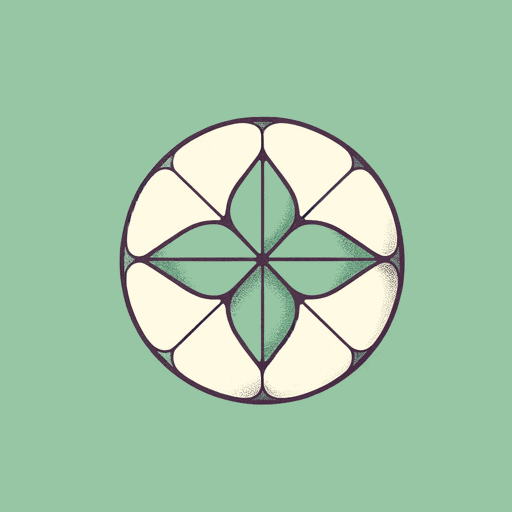
The Night Watchman
Louise Erdrich
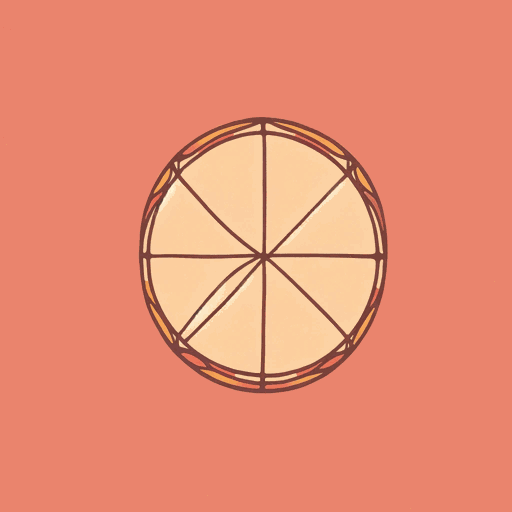
The Painted Drum
Louise Erdrich
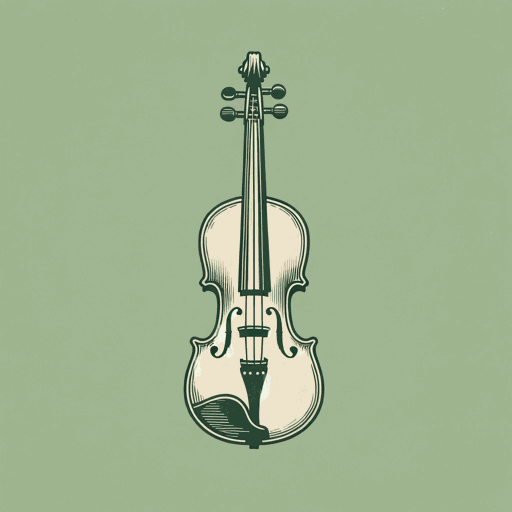
The Plague Of Doves
Louise Erdrich

The Red Convertible
Louise Erdrich

The Round House
Louise Erdrich

The Sentence
Louise Erdrich

The Shawl
Louise Erdrich

Tracks
Louise Erdrich
